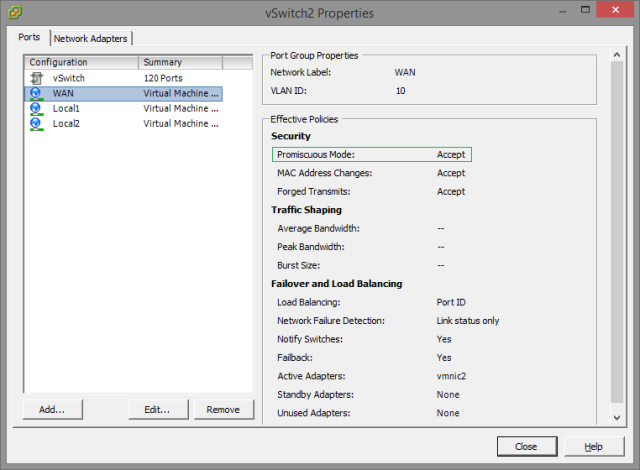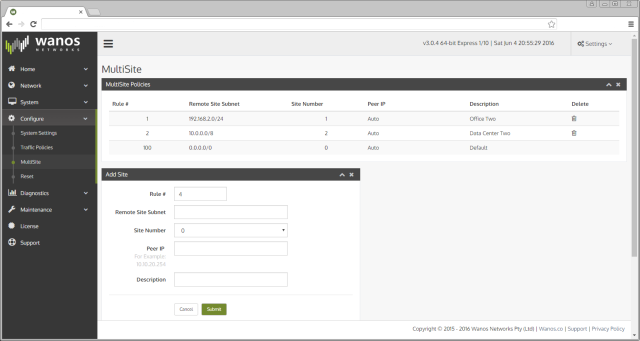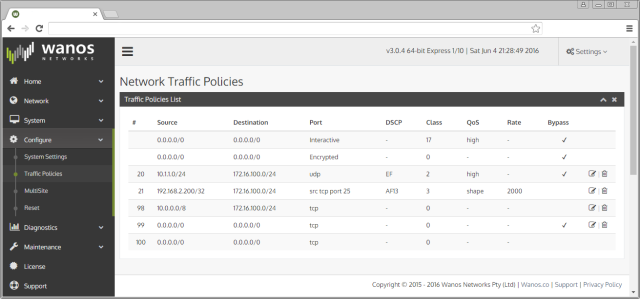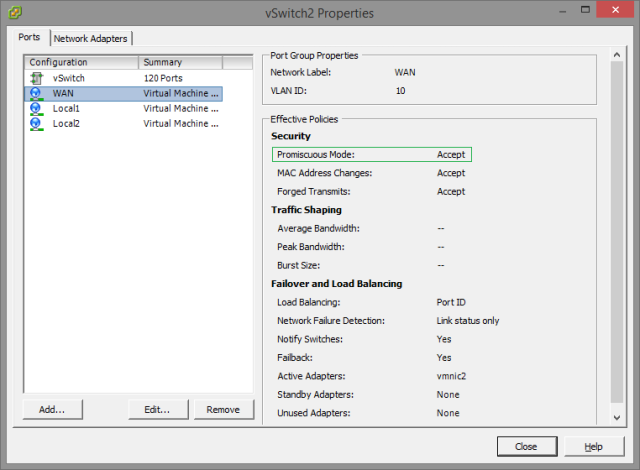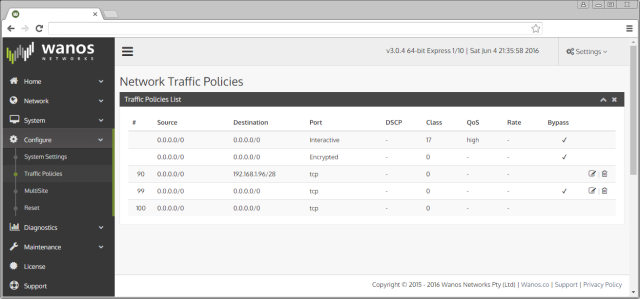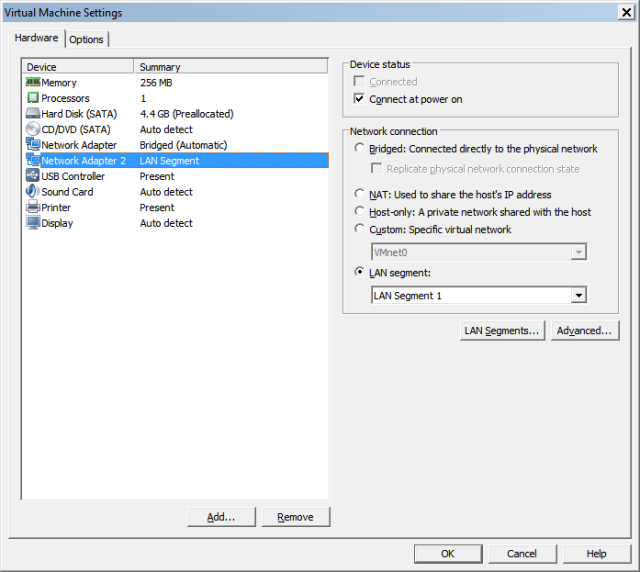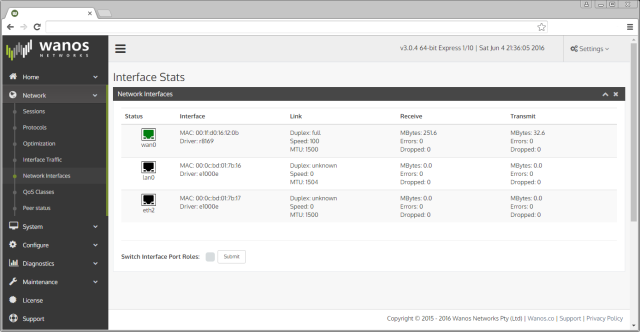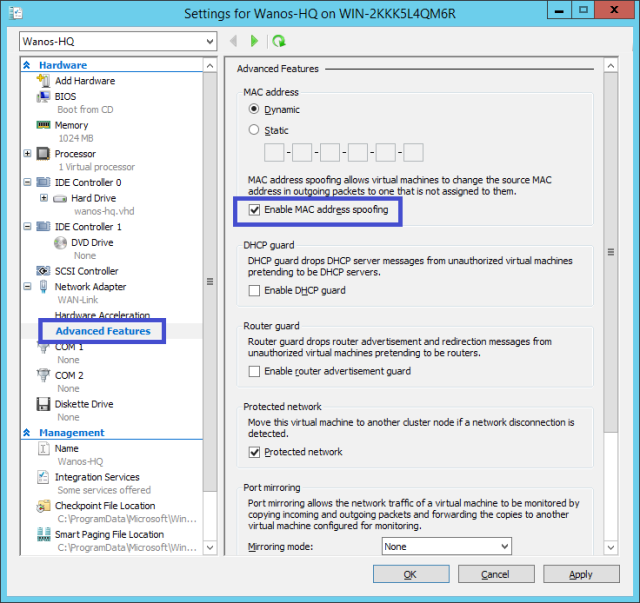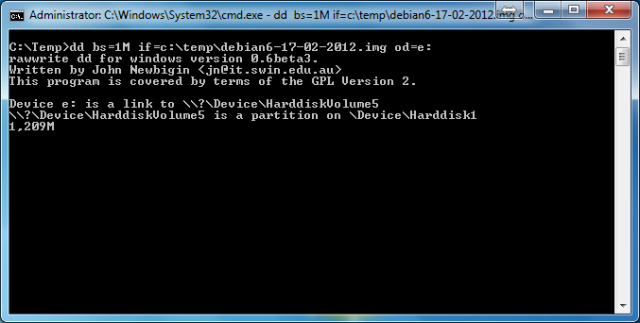TCP Acceleration
TCP Acceleration
The TCP Acceleration Performance Enhancing Proxy (PEP) is an optional feature that can be enabled on the Wan Accelerator to significantly enhance performance when sending TCP traffic over suboptimal network conditions or to improve TCP performance of slow TCP stack implementations.
Note: The PEP TCP Accelerator is available in v.4.
Limitations of Standard TCP
Most applications such as Email, HTTP, FTP and [...]




